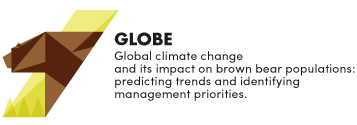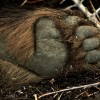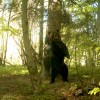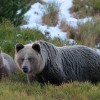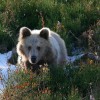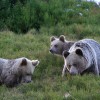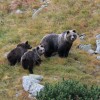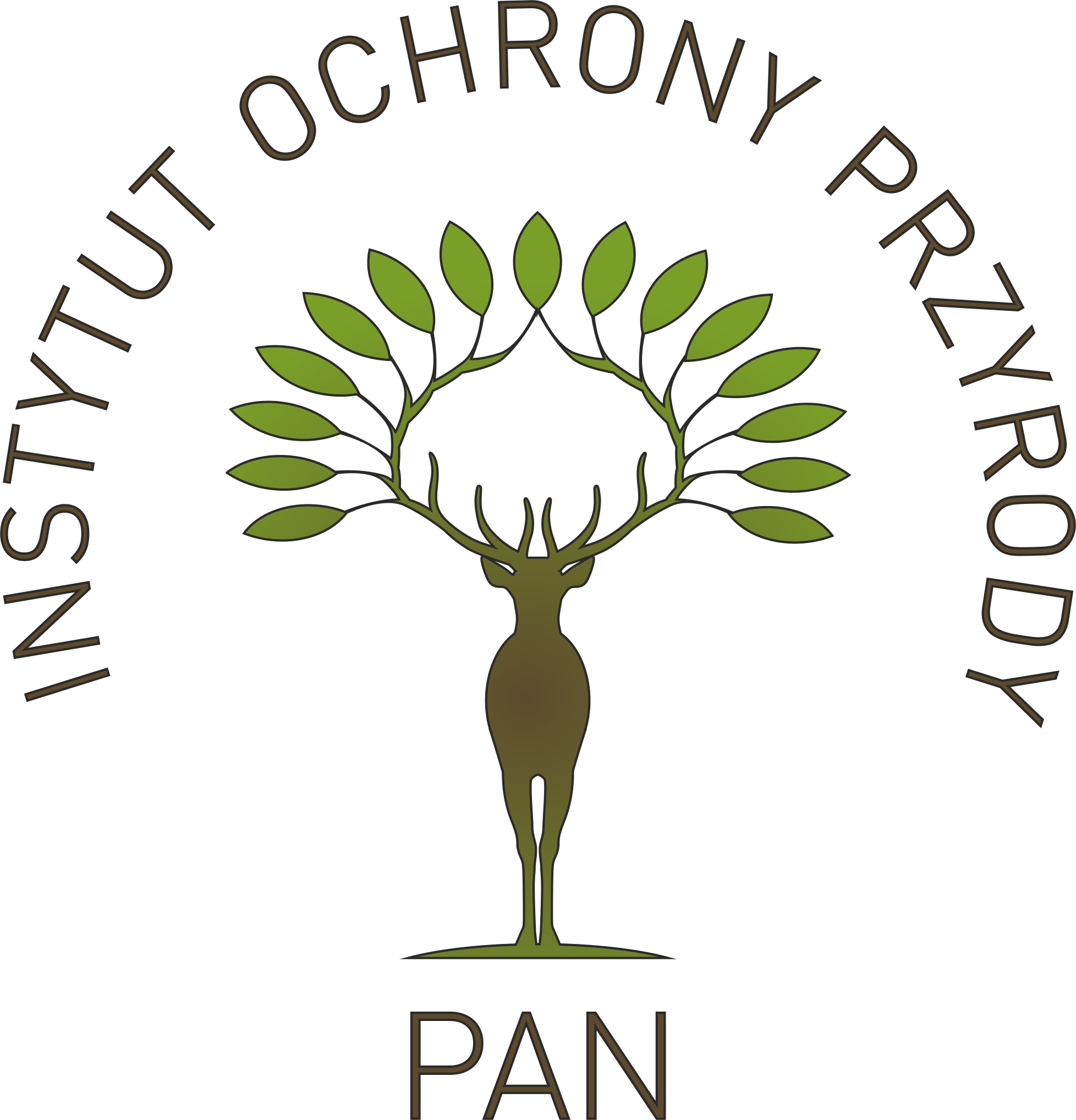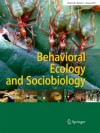 When animals are faced with extraordinary energy consuming events, like hibernation, finding abundant, energy-rich food resources becomes particularly important. The profitability of food resources can vary spatially, depending on occurrence, quality, and local abundance. Authors used the brown bear as a model species to quantify selective foraging on berries in different habitats during hyperphagia in autumn prior to hibernation. In their research they stated that compared to random locations, bears selected locations with a higher probability of occurrence and higher abundance of bilberries (Vaccinium myrtillus) and a higher probability of occurrence, but not abundance, of lingonberries (Vaccinium vitis-idaea). Brown bears in Sweden inhabit a landscape shaped by forestry practices. As forestry practices had a large effect on berry occurrence and abundance, brown bears responded by foraging most selectively in mature forests and on clearcuts. Authors conclude that bears successfully navigated in this heavily human-shaped landscape by selectively foraging in high-return habitats for bilberries, but did not compensate for the decline in bilberries by eating more lingonberries.
When animals are faced with extraordinary energy consuming events, like hibernation, finding abundant, energy-rich food resources becomes particularly important. The profitability of food resources can vary spatially, depending on occurrence, quality, and local abundance. Authors used the brown bear as a model species to quantify selective foraging on berries in different habitats during hyperphagia in autumn prior to hibernation. In their research they stated that compared to random locations, bears selected locations with a higher probability of occurrence and higher abundance of bilberries (Vaccinium myrtillus) and a higher probability of occurrence, but not abundance, of lingonberries (Vaccinium vitis-idaea). Brown bears in Sweden inhabit a landscape shaped by forestry practices. As forestry practices had a large effect on berry occurrence and abundance, brown bears responded by foraging most selectively in mature forests and on clearcuts. Authors conclude that bears successfully navigated in this heavily human-shaped landscape by selectively foraging in high-return habitats for bilberries, but did not compensate for the decline in bilberries by eating more lingonberries.
